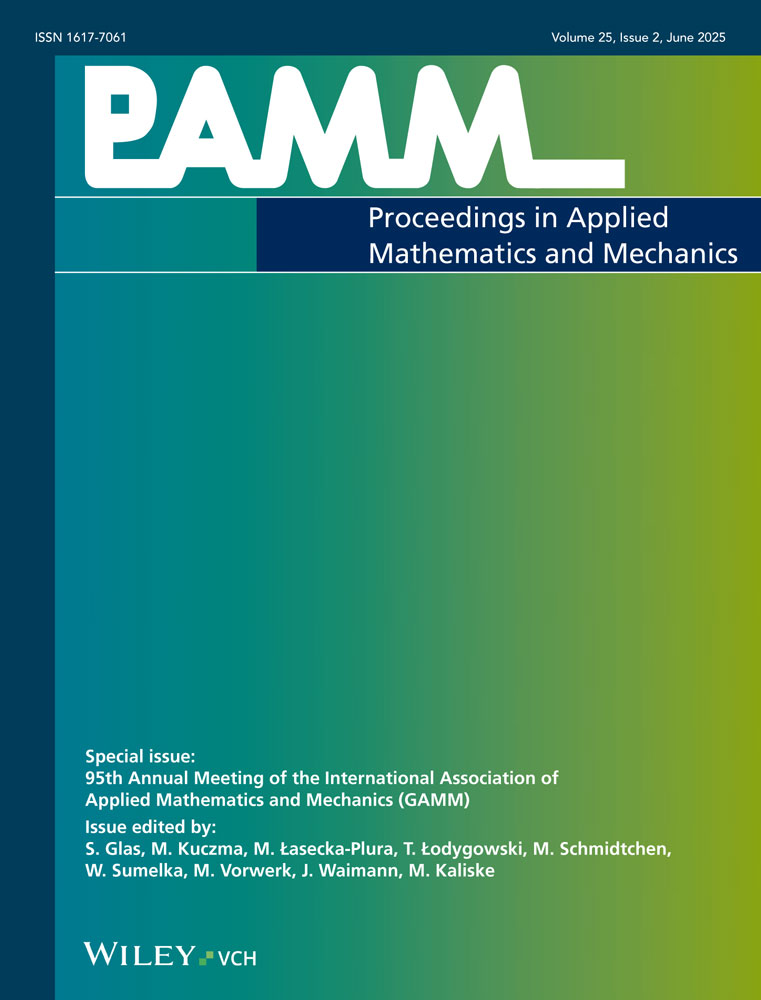3D Simulation of Point Defect Migration in Ferroelectrics
Abstract
Electric fatigue in functional materials involves a set of phenomena which lead to the degradation of materials with an increasing number of electrical cycles. Ionic and electronic charge carriers, later 0 as point defects, interact with each other and with microstructural elements in the bulk and with interfaces, which can lead to degradation, or finally to mechanical damage and dissociation reactions, see e.g. [1].
With this in mind, efforts are made to calculate the fields caused by point defects to simulate their interaction as well as to verify the used material parameters. Here, a material with linear electro mechanical coupling is used. The applied methods are integral transforms (Radon Transform) and a combination of Difference Methods and a Fast Fourier Transform to obtain solutions in an infinite domain and under periodic boundary conditions, respectively. The point defect interaction is studied within the framework of material or configurational forces. These forces are used in combination with reasonable kinetic laws to simulate defect migration, cf. [2]. (© 2006 WILEY-VCH Verlag GmbH & Co. KGaA, Weinheim)




